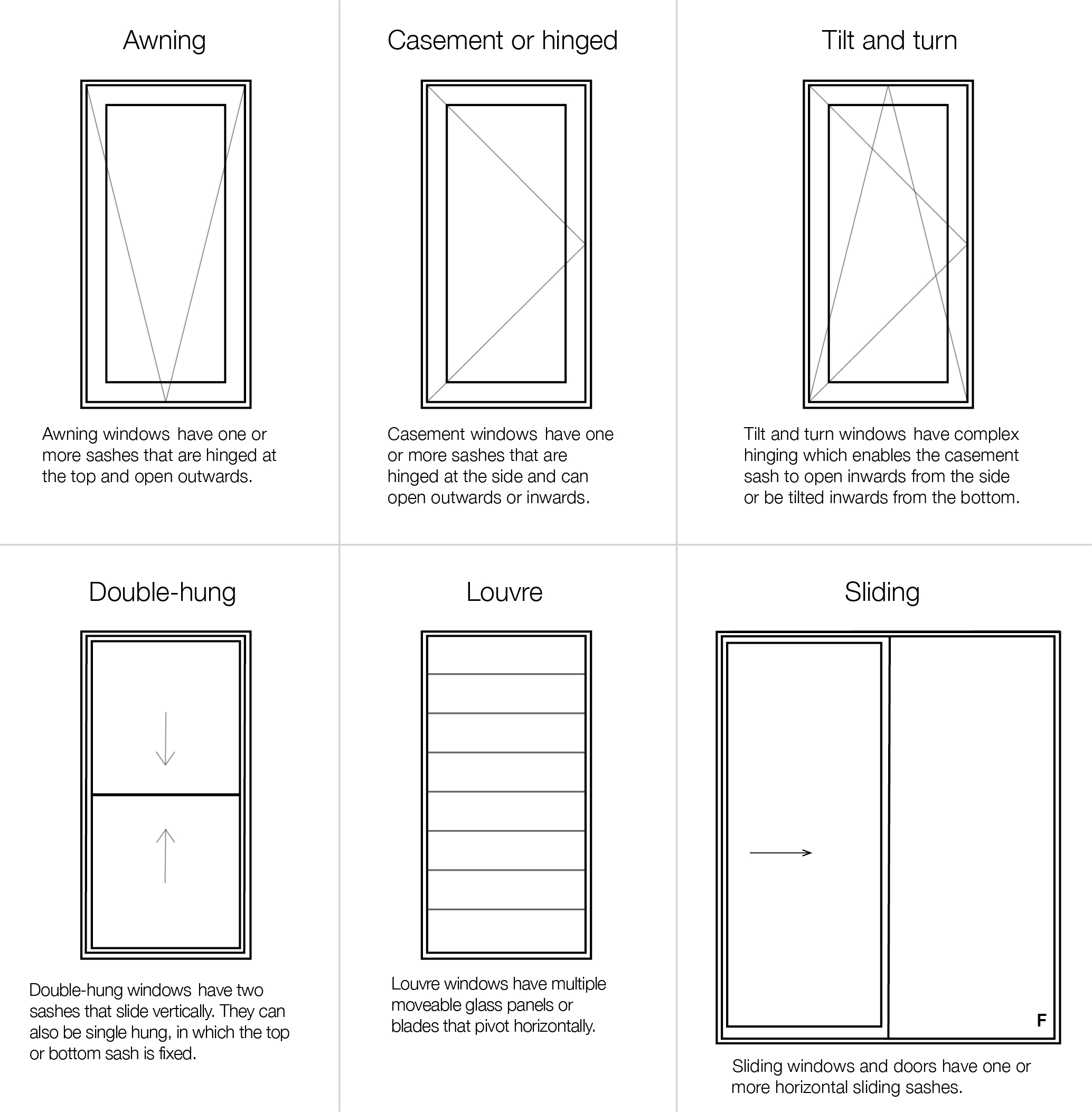All Categories
Featured
Table of Contents
Canberra Window Replacement - Upvc Double Glazed ... in Fremantle Western Australia
Laminated glass is typically used in locations in the house most susceptible to injury from human impact such as bathrooms, doors, around staircases and in areas near the floor (it satisfies the requirements of 'shatterproof glass' that is mandated for use in these areas by Australian Standard AS 1288 Glass in buildings).
Toughened glass has been 'tempered' by being reheated and rapidly cooled again. This process makes it much stronger than basic glass it can resist greater impact loads prior to breaking. It likewise makes it more secure due to the fact that, when it does shatter, it breaks into many little cubic pieces rather than hazardous shards.
Double Glazing - About Windows - Window Film Excellence in Bibra Lake WA
Toughened glass has no thermal or acoustic benefits over other glass of the very same toning or thickness. Secondary glazing is where single-glazed windows are retrofitted with a transparent acrylic or glass sheet connected to the within the frame or openable sash with a secondary frame or with magnetic strips.


Secondary glazing will not perform too thermally as a manufactured IGU, considering that it is impossible to completely seal the perimeter, however it can offer great noise control. Window movies are a thin polymer movie consisting of an absorbing color or reflective metal layer, with an adhesive backing. They stay with your glazing to change its colour or make it reflective.
Is Double Glazing Worth It? in Connolly Western Australia
Applied to existing glass, some window movies can halve the general SHGC of the window by soaking up and/or reflecting solar radiation. This can be especially beneficial in hotter climates where cooling is the primary issue, or on east and west elevations directly exposed to extended periods of sunshine. Nevertheless, window movies might also lower visible light transmittance.

For this factor, it is typically best to utilize a certified installer of window film. Frames have a significant effect on the thermal efficiency of windows and doors, because energy can be gotten and lost through the frame, along with through the glass. Various kinds of frame will enable various levels of heat gain and loss, so mindful choice of frame is essential for efficient passive design.
Climateframe Double Glazing: Perth's Double Glazed ... in Floreat Western Australia
Aluminium is also a very great conductor of heat and will decrease the insulating worth of a glazing system, unless particularly crafted to lower this. A 'thermally broken' frame is made up of 2 aluminium areas linked by a structural insulator (usually a low-conductivity structural polymer). This 'breaks' the thermal connection through the aluminium and reduces the heat streaming through the frame.
Timber frames are a good natural insulator that can match some home designs. Timber frames must be made from types that have naturally high toughness or be dealt with to avoid decay and contortion.
Window Glazing For Households - Energy in Mt Richon WA
(weather removing) is set up.
u, PVC windows and doors have exceptional thermal efficiency Photo: Ben Wrigley (Light House Architecture and Science) Composite frames use aluminium profiles on the external sections with either a wood or u, PVC inner area. These combine the low upkeep and resilience of aluminium with much improved thermal performance.
Table of Contents
Latest Posts
Does Double Glazing Reduce The Heat In Brisbane's Summer? in Spearwood Western Australia
Save Energy With Double Glazed Windows in Hocking WA
Triple Glazing – Pros & Cons in Ocean Reef Western Australia
More
Latest Posts
Does Double Glazing Reduce The Heat In Brisbane's Summer? in Spearwood Western Australia
Save Energy With Double Glazed Windows in Hocking WA
Triple Glazing – Pros & Cons in Ocean Reef Western Australia